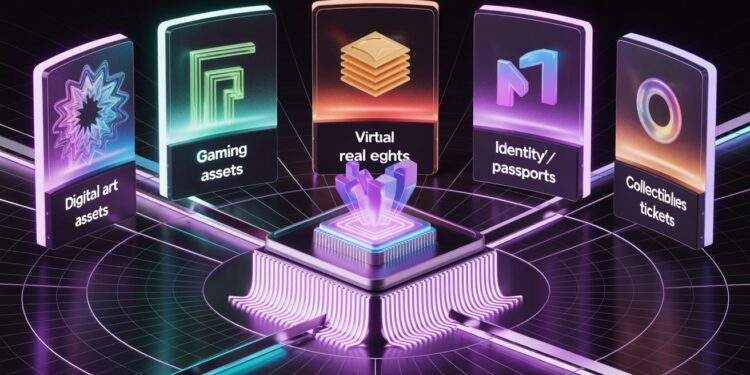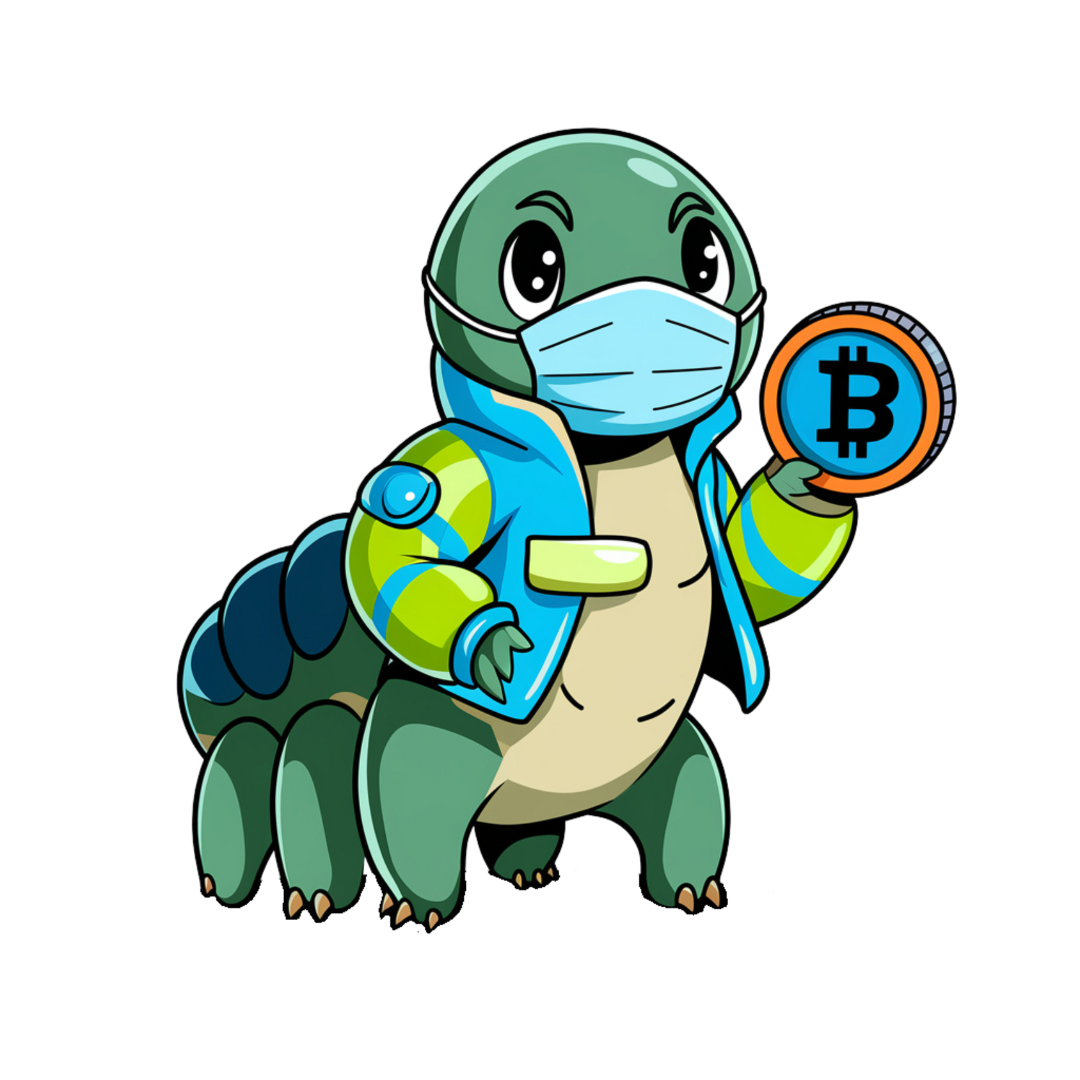Introduction
NFTs are taking the world by storm. They started as digital art collectibles but are quickly changing how we handle ownership online. From music to real estate, NFTs are making a big difference across many industries. They give creators more control and open new ways for businesses to grow. If you want to stay ahead in this space, understanding how NFTs work in real life is a must. Now, let’s explore the main ways people and companies are using NFTs today.
NFT in Digital Art and Collectibles
The Evolution of Digital Art Ownership
NFTs have changed how artists sell their work. Now, digital art can be verified on the blockchain, proving who owns it and when it was created. This helps prevent copies and fraud. Artists can also earn royalties automatically whenever their work is sold again, which wasn’t easy before. Collectors love NFTs because they get real proof of ownership and unique, one-of-a-kind pieces.
Popular NFT Art Platforms and Examples
Platforms like OpenSea, Rarible, and NBA Top Shot make it simple to buy and sell NFTs. Some NFTs have sold for millions, turning digital art into big-money collectibles. For example, Beeple’s artwork sold for $69 million at auction, breaking records and showing how serious the market has become.
Tips for Artists and Collectors
If you’re creating or buying NFTs, focus on authenticity—use reputable platforms and third-party verification. Secure your wallet with strong passwords and two-factor authentication. Always research the creator or seller before any purchase to avoid scams.
NFT in Gaming and Virtual Goods
Revolutionizing In-Game Assets
NFTs make in-game items truly owned by players. Instead of just renting items or skins, you can sell or trade your assets anytime. Gamers gain control, and developers can create new revenue streams through digital economies. This approach turns gaming assets into assets with real value.
Successful Case Studies
Games like Axie Infinity, Decentraland, and The Sandbox show how NFTs can transform gaming. Players buy land, characters, and skins that can increase in value. These virtual worlds operate almost like real markets, where players invest and profit.
Actionable Strategies
Design your game to include NFTs for unique items or land. Keep the experience engaging and easy to use. Ensure the system scales well so more players can join without lag or issues.
NFT for Intellectual Property and Digital Rights Management
Protecting Creative Content
NFTs help artists, musicians, and inventors protect their work. They serve as proof of ownership and licensing rights. This makes it easier to enforce copyright and get paid for use or resale of their creations.
Notable Examples
Major artists like Grimes and the Chilean singer 3LAU released music as NFTs. Many entertainment companies see NFTs as a way to control distribution and earn royalties. It simplifies how royalties are shared based on smart contracts.
Tips for Content Creators
Set clear licensing terms when creating an NFT. Use platforms that offer rights management features to avoid confusion. Short, simple contracts ensure everyone understands what they’re buying.
NFT in Real Estate and Virtual Land
Transforming Property Ownership
Some companies are turning virtual land into NFTs. Platforms like Decentraland and CryptoVoxels sell virtual plots that can be bought, sold, or leased. This blurs the line between real and digital property ownership.
Current Market Trends and Examples
Virtual property sales are skyrocketing. A piece of land in Decentraland sold for over $300,000. These virtual spaces are used for events, businesses, and social spots, making NFTs a new kind of real estate.
Actionable Advice
Do thorough research before investing in virtual land. Check platform history, user reviews, and future plans. Use smart contracts for leasing or sales to automate payments and ownership records.
NFT for Brand Engagement and Marketing
Building Customer Loyalty
Brands use NFTs to connect with customers. Limited edition collectibles or digital badges create excitement and exclusivity. Companies like Taco Bell and major sports teams have issued NFTs to reward fans.
Successful Campaigns
Taco Bell gave away themed NFTs in 2021, straight to fans’ wallets. Soccer clubs sell digital memorabilia like jerseys or tickets. These campaigns boost brand awareness and fetch new customers.
Tips for Marketers
Create fun, shareable NFTs that match your brand’s story. Track engagement by looking at how many share or sell your NFTs. Use these metrics to learn what works best and improve each campaign.
NFT in Fundraising and Philanthropy
Innovative Donation Models
NFTs offer a fresh way to raise money. Artists and charities sell or auction unique NFTs, with proceeds going to causes. This method is transparent, and donors can see exactly what they support.
Notable Initiatives
Many artists have auctioned art NFTs to charity, raising thousands of dollars. Some projects allow supporters to buy virtual collectibles that fund social or environmental efforts. This provides a modern way to give back.
Practical Tips
Partner with trusted NFT platforms that support charity sales. Clearly tell supporters how their money helps. Sharing stories of impact encourages more donations.
Conclusion
NFTs are more than just digital art. They are changing how we own, share, and make money from all kinds of assets. From gaming to real estate, or marketing campaigns to charity efforts, the possibilities keep growing. If you want to stay ahead, learn how to use NFTs creatively and responsibly. Keep an eye on new developments—they could open doors you never imagined.
Join Us : Twitter | Website | GitHub | Telegram | Facebook | YouTube

























